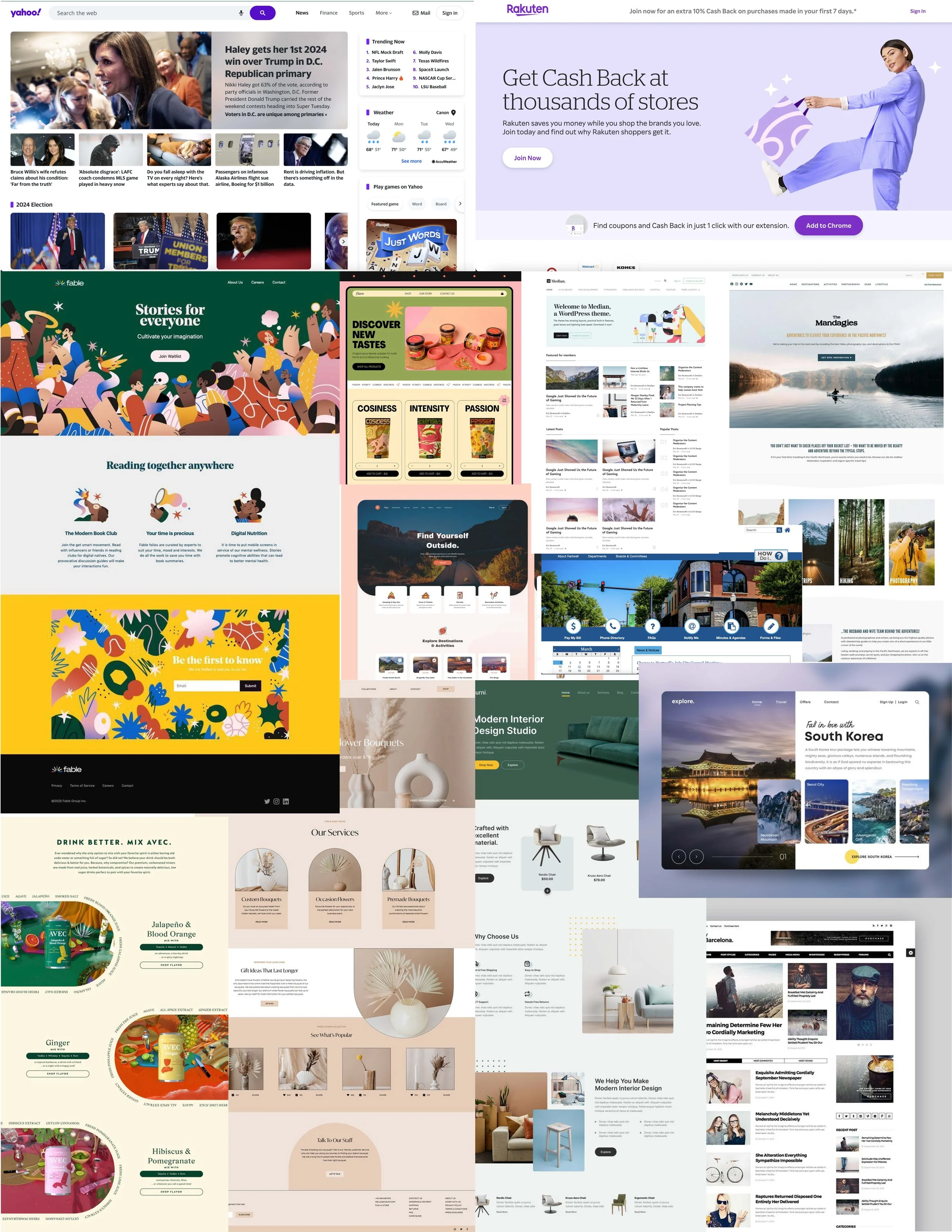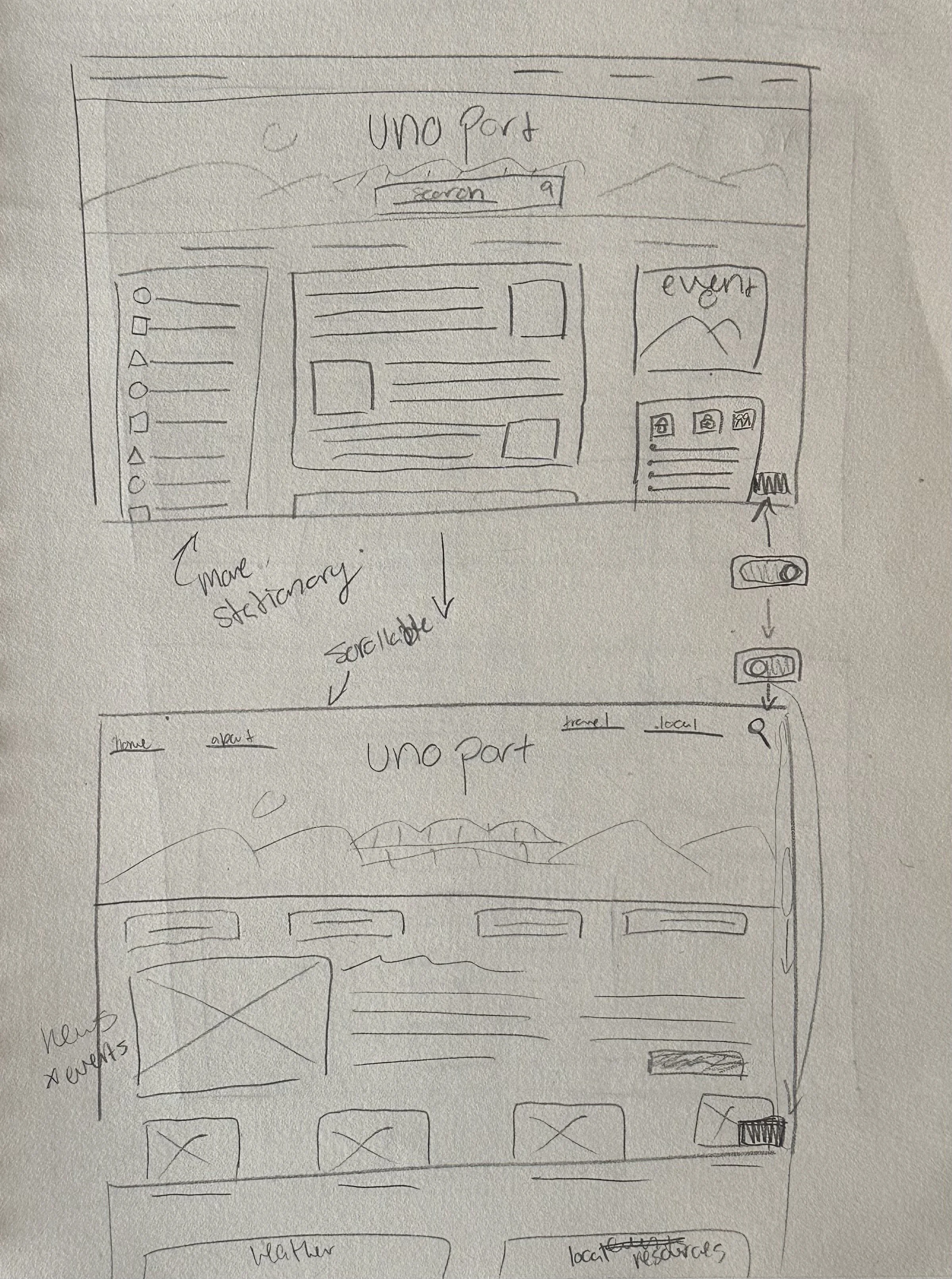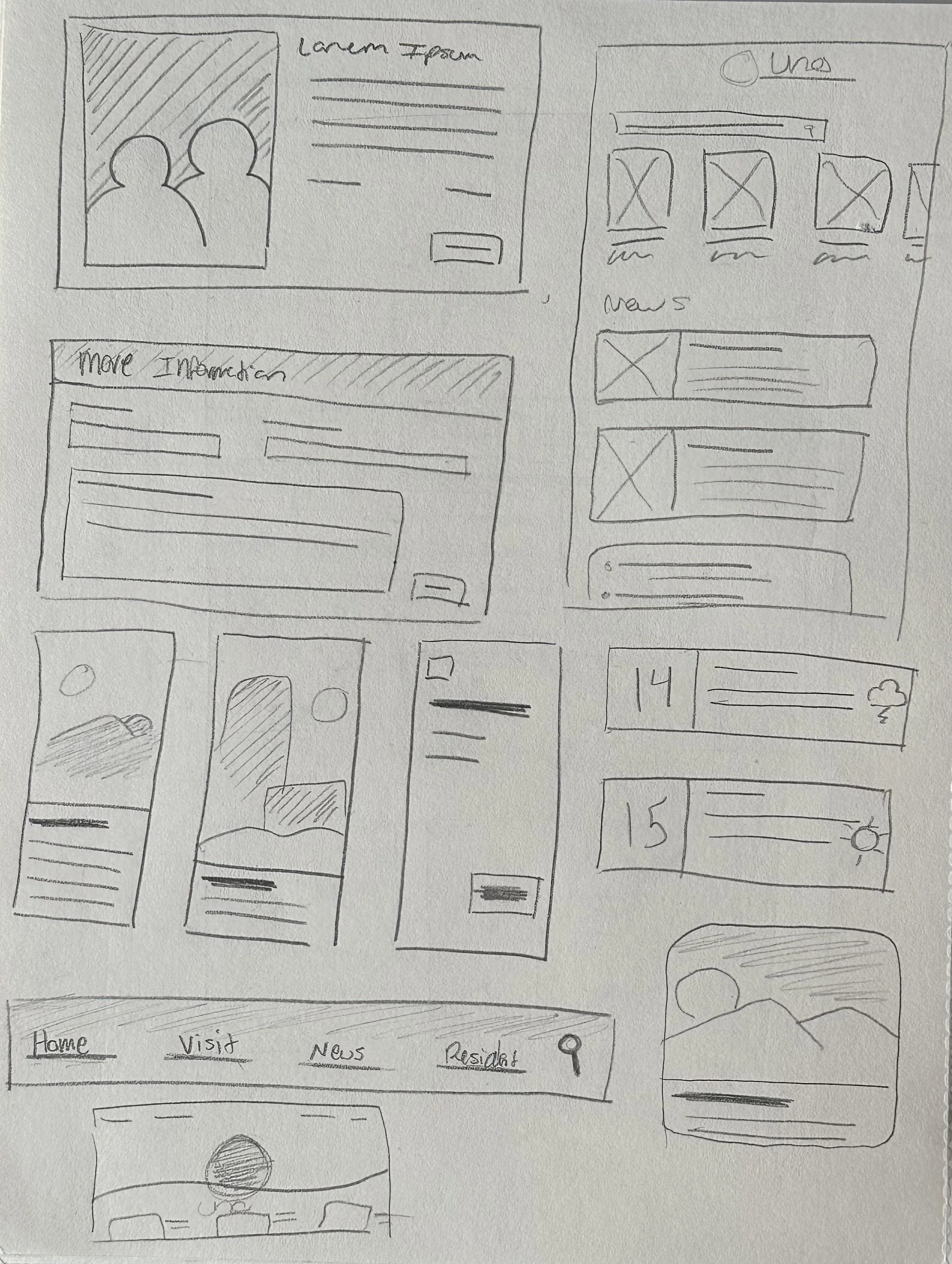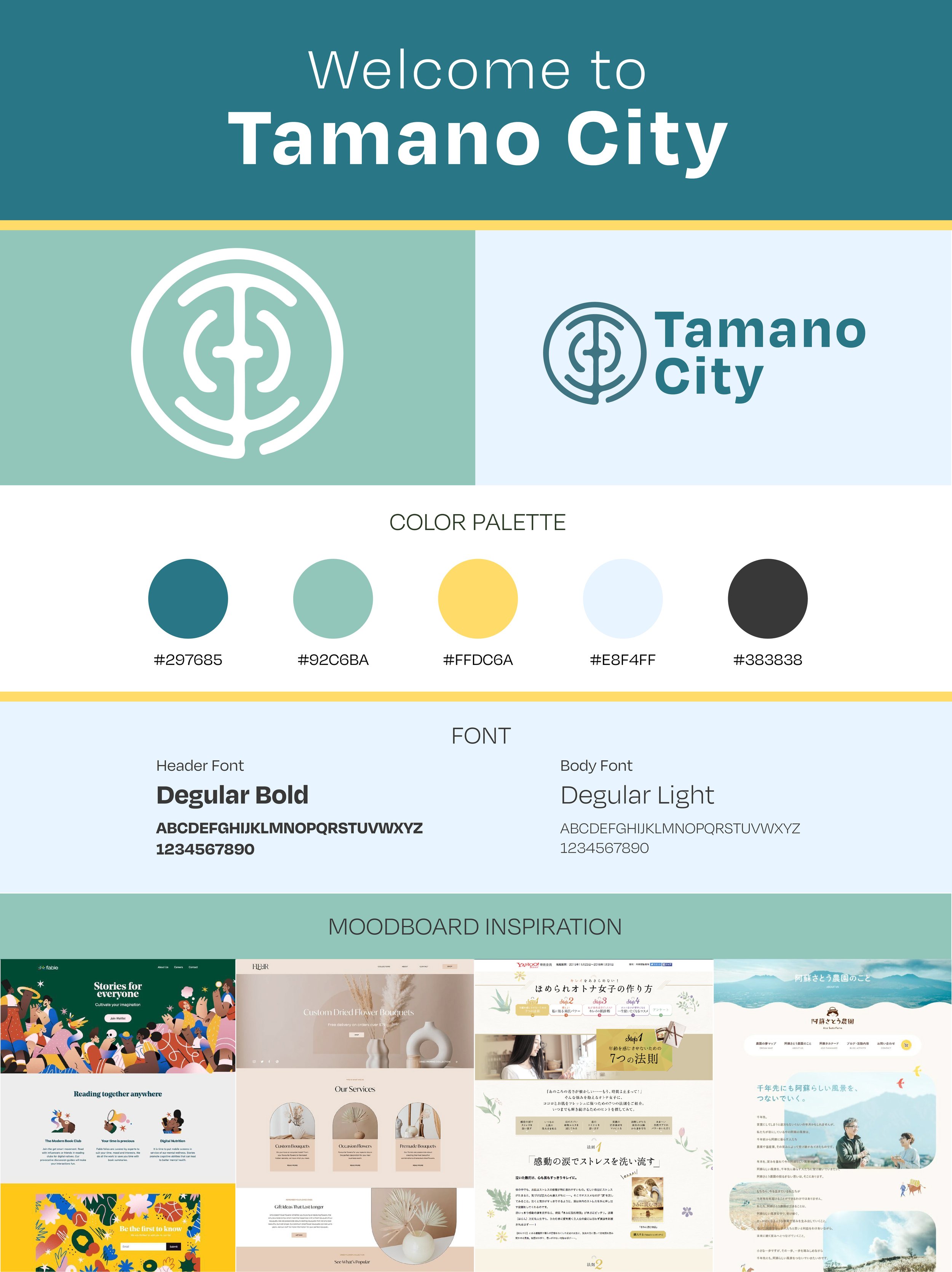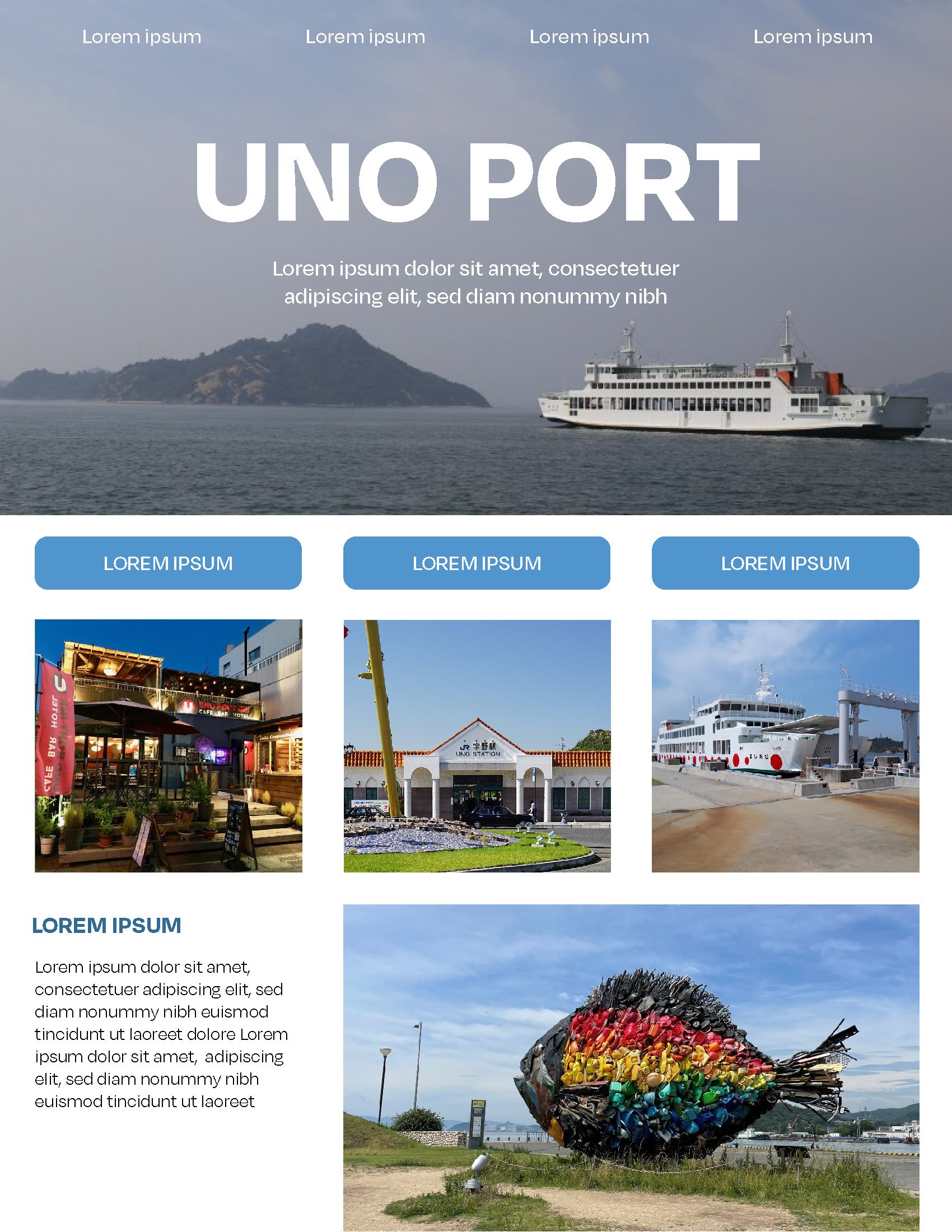Mazed
Inconsistency In International Web Design And How To Navigate It
Web design has progressed immensely in the past few years, creating easy-to-use and aesthetically pleasing websites. Yet with this massive growth, in a very short time, some companies and even entire countries have had to adapt quickly; this has made some interesting design elements in web design, which can create inconsistency and confusion for some. Using current websites and their design choices we can see and create a way to navigate the different designs and find the similarities to provide a comfortable experience for users.
Localized Design
Localization involves customizing a product or service to meet the specific requirements of a particular language, culture, or target population. The goal is to seamlessly integrate the product or service with the local culture, giving the impression that it was originally developed for that specific market. This process aligns the product or service with the preferences, language, and cultural nuances of the target audience, enhancing their overall experience.
In Japanese design, due to the holistic style of thinking, most designs will provide all the information up-front with the contextual content to avoid confusion or frustration in the navigational process. Even when Japan follows the Zen and minimalist values in their daily lives, many value the sociocultural and linguistic dimensions when it comes to websites. Creating pages full of text, banners, buttons, and smaller images to provide all the information available directly to the user in one look lessens the confusion of the Japanese user. One reason a large amount of text is presented on a single page is because of Japanese Kanji. It is a logographic writing system that effectively conveys significant information through a compact arrangement of lines..
Internationalized Design
Internationalization involves designing and developing software or web applications in a way that enables easy adaptation to different linguistic and cultural environments. It goes beyond basic translation and requires creating a framework that allows for seamless localization and translation of the software or web application. By implementing internationalization principles
During the development stage, organizations can save time and resources when adapting their products to different markets, thereby improving global usability and user experience. It involves considering cross-cultural differences and making necessary adjustments to create fluent interfaces for international markets, encompassing aspects such as text, local formats, images, symbols, colors, flow, and product functionality.
Combining Both
Localization and internationalization are crucial in creating user-friendly interfaces that cater to the specific needs and preferences of diverse cultural and linguistic audiences. Factors such as language representation, layout, symbols, content and structure, navigation, multimedia, and color can vary across cultures and influence user preferences and experiences on websites. Website navigation should aim to create a seamless and effortless user experience, integrating structural, associative, and utility navigation elements. However, successful navigation is influenced by various factors, including age, subject matter knowledge, reading abilities, spatial abilities, and processing speed.
To express these differences, Mazed contains a website that caters to individuals residing in a small town in Japan who are both local and international. It is a website designed with both a localized layout and an international layout, giving the user the option to switch to their preferred layout and language. This allows all users, local or international, easy navigation to find the information they seek.
Construction
Like all projects, the first task was researching and sketching as many layouts as possible to demonstrate the visualized outcome. I drew inspiration from websites I visit daily, Pinterest inspiration layouts, and websites created by other designers on Behance and Instagram. I focused on drawing single-page scrollable sites that would be easy to navigate without jumping from place to place. While drawing, I knew that I wanted to have a site that would be used by locals and foreigners living abroad, so I chose to focus on a small town’s government website. It would cater to both those living in the town long term, short term, and for those who are just visiting.
For each website, I decided to base the color palette on one of the town's main attractions, the port of Uno. It is a port surrounded by deep blue waters, green islands scattered throughout the horizon, and glistening sunlight. Leading to the use of blues, greens, and yellows.
I began putting the websites together once I had all the base materials ready. I used the mood boards and sketches to create the layout, the color palette, and typography to create the site's identity and added the information and photos to give the website substance. This created a base website from which to grow.
The final deliverable is a website that caters to individuals residing in a small town in Japan who are both local and international. It is a website designed with both a localized layout and an international layout, giving the user the option to switch to their preferred layout and language. This allows all users, local or international, easy navigation to find the information they seek.
English Site
Japanese Site
Ai Translated Site
Purpose of Mazed
Mazed resolves the confusion for international people living abroad in Japan while preventing a compromise for the locals. It focuses on the inclusion of both parties and allows them a place that is easy to navigate for those used to the right-to-left layouts, immediate information, immediate navigation tools, or the opposite. As well as provides a comprehensive showcase of the differences between localized and internationalized website design in Japan and raises awareness among foreign individuals residing in Japan and towns that cater to or collaborate with these individuals. It creates an opportunity for the development of new designs and navigational properties that assist all users, whether they are international or local. It will also serve as a resource that businesses and individuals can learn from to expand their news or products to both local and international users.
Currently, so many websites only fit the internationalized mold and not the localized one, creating a learning curve and slowing down the user's navigation. It is also true with the opposite, having only a localized website for a local town or country-wide business, making it difficult for international users to navigate. Yet, through this project, I have learned that there is a way to bridge the gap and cater to both parties. A two-in-one site with the option for a localized site or an internationalized site. Making me wish there was something similar when I was living in Japan for two years and it would take double the amount of time to navigate my city’s website to know where I could drop my trash off.
